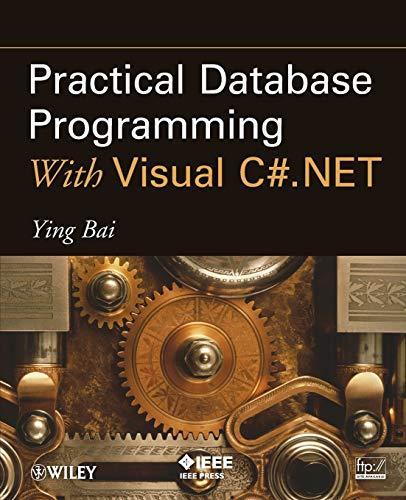
Bitcoin transaction has a set of input addresses and a set of output addresses. Usually, each input address signs the entire transaction (minus the signatures) to authorize payment. This signature type is called SIGHASH_ALL In the following questions we explore other signature types where only portions of the transaction are signed. Some of these types are already supported by the Bitcoin network and some are new. Whenever a Bitcoin node validates a transaction, it checks the signatures on exactly what was signed and rejects the transaction if any of the signatures are invalid. For each transaction signing method listed below, decide if an attacker can steal funds from an input address of a transaction submitted to the Bitcoin network. If so, explain how; if not, explain why not A. The secret key of each input address is used to sign the entire Txin (the input part of the transaction, minus the signatures) and nothing else. That is, the Txout (the output part of the transaction) is not signed. (this signature type is called SIGHASH_NONE) B. The secret key of each input address is used to sign the entire Txout and nothing else. Hint: consider an address C for which there are 50 valid UTXOs that each credit C with 2 BTC (so that address C is worth 100 BTC). Is there a situation where a Bitcoin user can drain Bitcoin from address C without the owner's authorization? Bitcoin transaction has a set of input addresses and a set of output addresses. Usually, each input address signs the entire transaction (minus the signatures) to authorize payment. This signature type is called SIGHASH_ALL In the following questions we explore other signature types where only portions of the transaction are signed. Some of these types are already supported by the Bitcoin network and some are new. Whenever a Bitcoin node validates a transaction, it checks the signatures on exactly what was signed and rejects the transaction if any of the signatures are invalid. For each transaction signing method listed below, decide if an attacker can steal funds from an input address of a transaction submitted to the Bitcoin network. If so, explain how; if not, explain why not A. The secret key of each input address is used to sign the entire Txin (the input part of the transaction, minus the signatures) and nothing else. That is, the Txout (the output part of the transaction) is not signed. (this signature type is called SIGHASH_NONE) B. The secret key of each input address is used to sign the entire Txout and nothing else. Hint: consider an address C for which there are 50 valid UTXOs that each credit C with 2 BTC (so that address C is worth 100 BTC). Is there a situation where a Bitcoin user can drain Bitcoin from address C without the owner's authorization







